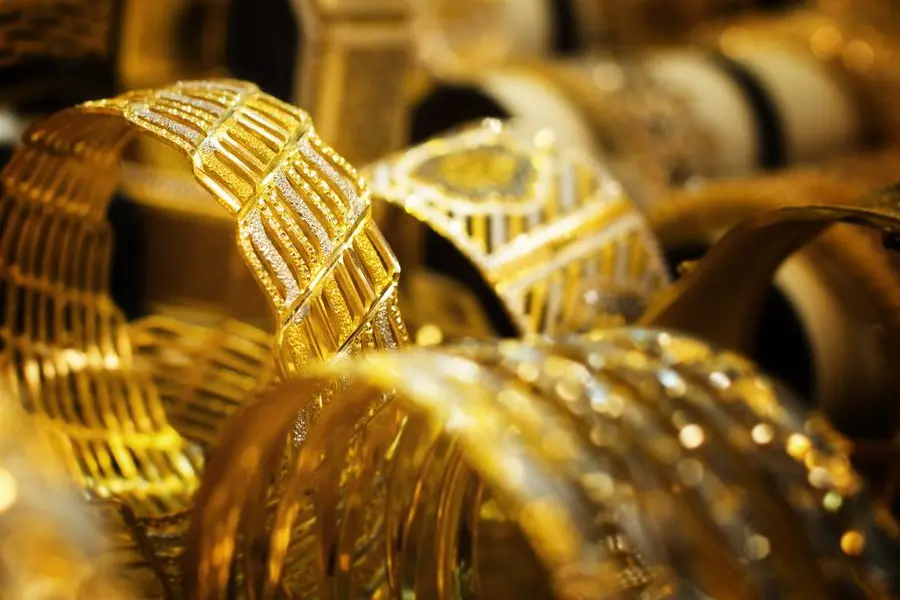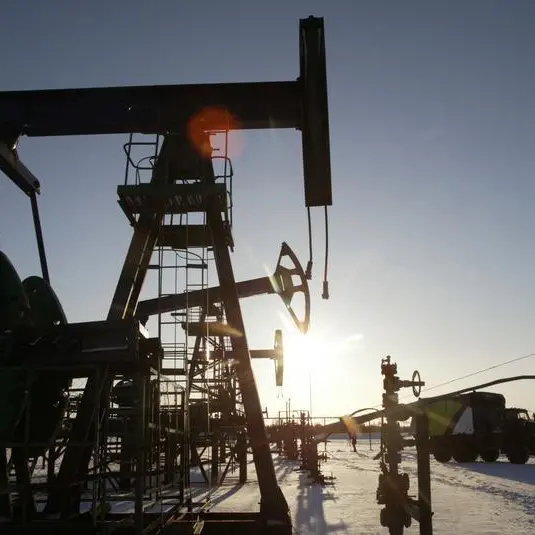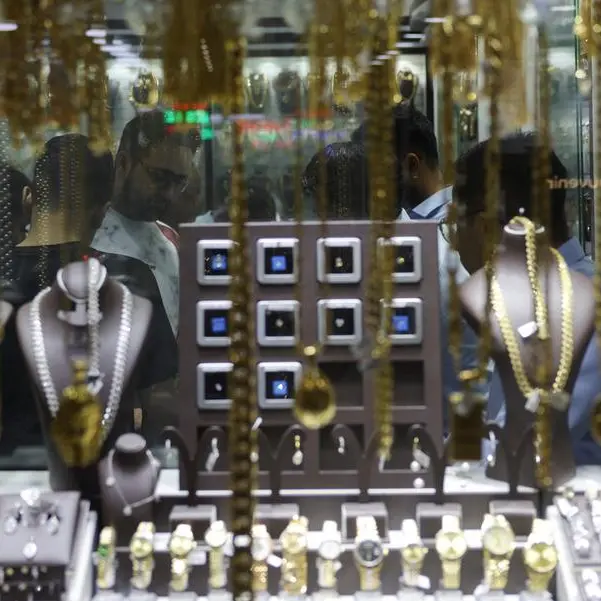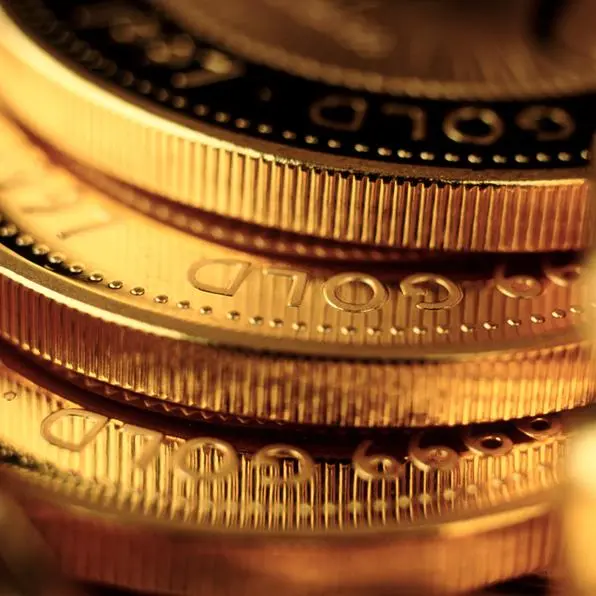PHOTO
The UAE is leading the Middle East region in gold sales, with demand for yellow jewellery in Dubai and the rest of the emirates surging in double digits to reach nearly 50 tonnes last year.
From January to December 2022, consumers snapped up a total of 46.9 tonnes of gold jewellery in the UAE, up by 38% compared to the same period in 2021, according to the latest data released by the World Gold Council (WGC).
The UAE’s gold consumption in 2022 was the highest in the Middle East region, outpacing the demand in Saudi Arabia, which logged 37.9 tonnes, Egypt (33.6 tonnes) and Kuwait (14.7 tonnes).
Jewellery demand in the UAE also outstripped those in other Middle East countries, where total demand reached 27.5 tonnes.
Regional demand
Across the Middle East, gold demand went up by 15% year-on-year to 190.4 tonnes, higher than in the Americas (187.8 tonnes), Europe (70.6 tonnes) and other Asian countries, except major markets like Greater China, which recorded 598.3 tonnes and India (600.4 tonnes).
“Sizable gains in the UAE and Saudi Arabia were key contributors to the regional performance. But momentum slowed in the fourth quarter, largely in response to the high and rising gold price,” the World Gold Council said.
The UAE is home to a huge population of expatriates from India, considered to be one of the world’s biggest gold consumers. It is also a favourite destination for gold shoppers from other countries.
Global demand trends
Jewellery remained popular in the UAE, while overall global consumption softened a fraction, down by 3% at 2,086 tonnes, which was due mainly by price increases during the fourth quarter of 2022.
Total annual gold demand, excluding over-the-counter sales, jumped by 18% to 4,741 tonnes in 2022, on par with 2011. Investment demand went up by 10% to 1,107 tonnes, while demand for gold bars and coins grew 2% to 1,217 tonnes.
Last year also saw a huge appetite from central banks, which acquired a total of 1,126 tonnes, the highest in 55 years.
Gold prices rallied about a year ago, hitting $2,000 an ounce in February 2022, as Russia waged a war against Ukraine. Prices dipped by more than 20% several months later due to the US Federal Reserve’s aggressive monetary policy and the strong US dollar.
However, since October 31, 2022, prices have been trending upwards and reached more than $1,924 an ounce at the end of January, up from $1,639 an ounce about three months earlier.
(Reporting by Cleofe Maceda; editing by Seban Scaria)





















